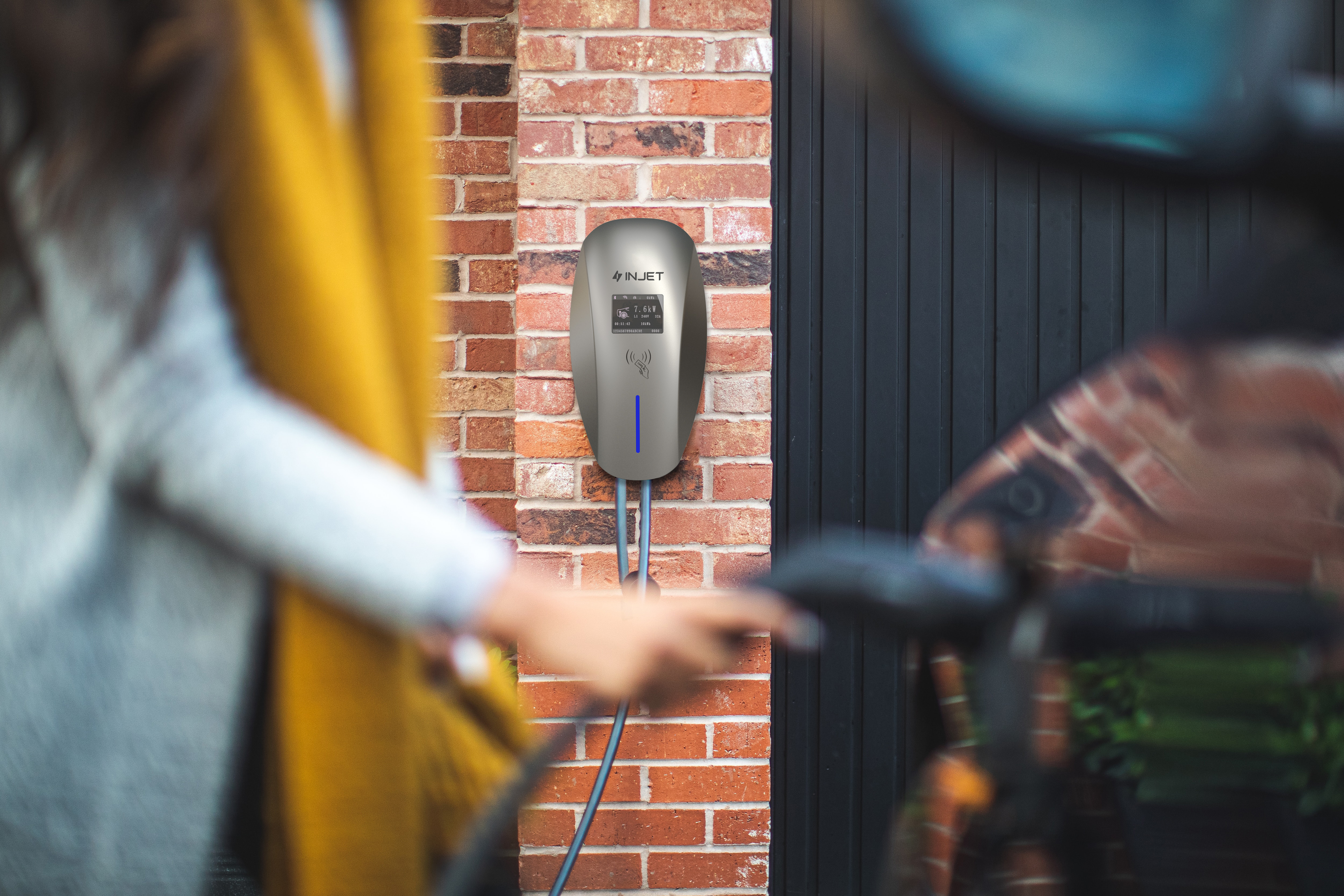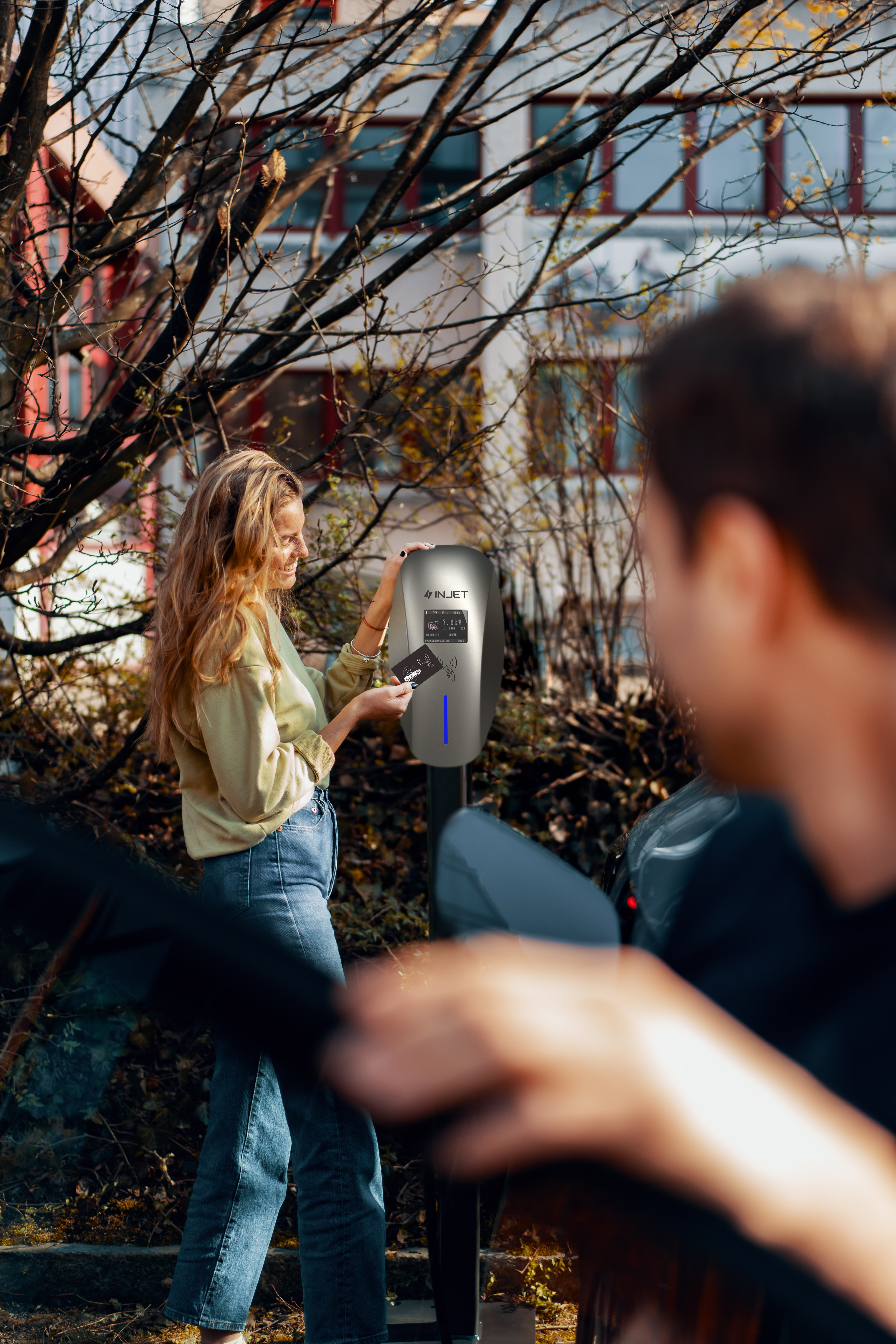In a significant leap towards enhancing the convenience and accessibility of electric vehicle (EV) charging infrastructure, leading technology companies have unveiled a new generation of EV chargers equipped with advanced control options. These innovations aim to cater to diverse user preferences and streamline the charging experience for EV owners worldwide.
There are three types of trolley charger controls that exist on the market today: Plug & Play, RFID Cards, and App Integration. Today, let’s take a look at what each of these three methods has to offer and how they are used.
- Plug & Play Convenience:
Plug & Play technology represents a paradigm shift in the way electric vehicles are charged. This method streamlines the charging process by eliminating the need for separate cables or connectors. Here’s how it works:
When an EV owner arrives at a compatible charging station, they can simply park their vehicle and access the charging port. The charging station and the vehicle’s onboard charging system communicate seamlessly using standardized communication protocols. This communication allows the charging station to identify the vehicle, its charging capacity, and other necessary parameters.
Once the connection is established, the vehicle’s battery management system and the charging station’s control unit work in harmony to determine the optimal charging rate and power flow. This automated process ensures efficient and safe charging without any manual intervention.
Plug & Play technology enhances convenience by reducing the time and effort required to set up the charging process. It also supports interoperability among different EV models and charging stations, fostering a more unified and user-friendly charging experience for EV owners.

- RFID Card Integration:
RFID card-based control introduces an additional layer of security and simplicity to the EV charging process. Here’s how it functions:
EV owners are provided with RFID cards, which are equipped with embedded radio frequency chips. These cards serve as personalized access keys to the charging infrastructure. When an EV owner arrives at a charging station, they can swipe or tap their RFID card on the station’s interface. The station reads the card’s information and verifies the user’s authorization.
Once the RFID card is authenticated, the charging station initiates the charging process. This method prevents unauthorized use of the charging equipment, ensuring that only authorized users with valid RFID cards can access the charging services. Additionally, some systems offer the flexibility to link RFID cards with user accounts, allowing for easy payment processing and charging history tracking.
RFID card integration is particularly useful for public charging stations and commercial locations, especially for managing cellular users and for hotel management, as it enables controlled access and enhances security for both users and charging station operators.
- App Empowerment:
Mobile app integration has transformed the way EV owners interact with and manage their charging experiences. Here’s a closer look at the features and benefits:
Dedicated mobile applications developed by charging network providers and EV manufacturers offer a wide range of functionalities. Users can locate nearby charging stations, check their availability in real time, and even reserve a charging slot ahead of time. The app provides essential details such as charging rates, charging speeds, and station status.
Once at the charging station, users can initiate and monitor the charging process remotely through the app. They receive notifications when their vehicle is fully charged or if any issues arise during the charging session. Payment for the charging services is seamlessly integrated within the app, allowing for cashless transactions and easy billing.
Mobile apps also contribute to user convenience by reducing the need to physically interact with the charging station’s interface. Furthermore, they enable data tracking, helping users manage their charging habits and optimize their EV usage.
Industry experts predict that these innovative control options will contribute significantly to the wider adoption of electric vehicles, addressing the concerns of range anxiety and charging accessibility. As governments around the world continue to emphasize the transition to cleaner transportation, these advancements in EV charging infrastructure align perfectly with the overall sustainable mobility agenda.
The EV charger manufacturers behind these innovations are collaborating closely with public and private stakeholders to roll out these new charging solutions across urban centers, highways, and commercial hubs. The ultimate goal is to create a robust and user-friendly EV charging network that supports the rapidly growing number of electric vehicles on the roads.
As the world moves closer to a greener future, these advancements in EV charging control options mark a crucial step towards making electric vehicles more accessible, convenient, and user-friendly than ever before.
Post time: Aug-22-2023





